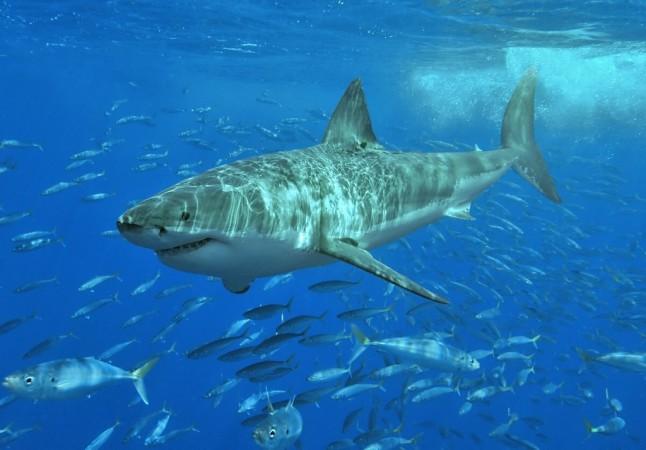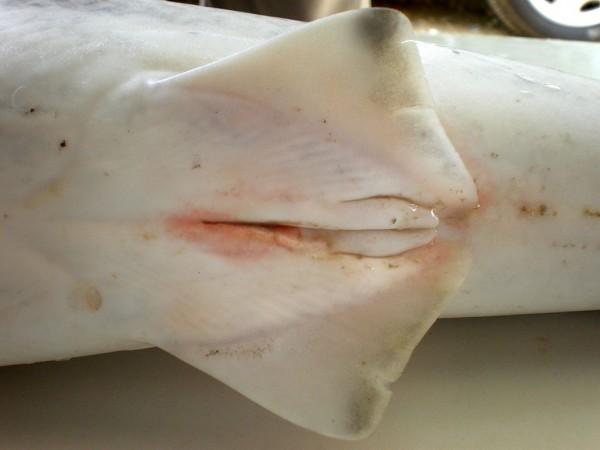
In January this year, fishermen off the coast of Taiwan made a rare discovery when they caught a shark with a fully developed set of male and female sexual organs.
In was indeed an exceptional finding as the shark was one of only a handful of intersex sharks ever discovered, and the first of its species. The 50-centimetre-lond Pacific spadenose shark, which was caught in a fishing trawl in the southern Taiwan Strait, weighed 0.4 kg.
The shark initially looked like an adult male with a fully developed pair of claspers – penis-like appendages that extend from the pelvic fin. However, additional examination revealed that it also had a complete pair of ovotestes – gonads that contain both ovarian and testicular tissue, meaning that the fish had both male and female reproductive tracts.
Scientists at China's Xiamen University, who analysed the shark even further, found that each of its genitals were fully formed, suggesting that the animal could have functioned as either sex reproductively.
This is what makes the finding the rarest type of intersexuality in sharks as, in most cases, such animals have sex organs that are only partially formed. While very little is known about shark reproduction, scientists hope that intersexuality will better explain why some sharks can give birth "asexually."
"They can give birth without mating—like virgin birth," Chris Lowe, a scientist at California State University, Long Beach, told Hakai magazine, adding that intersexuality could be related to this unique ability.

A report in the Marine and Coastal Fisheries Journal, meanwhile, revealed that the shark was infect the first reported case of intersexuality in the genus Scoliodon, and was also a rare record of intersexuality in elasmobranchs – a subclass of cartilaginous fish, including the sharks, rays, skates, and sawfish.
According to Carl Meyer, a marine biologist at the University of Hawaii, it's yet to be confirmed if intersex sharks can use both their male and female organs for reproduction. He also said that an intersex shark carrying a live embryo in its uterus is yet to be found.
Although what exactly has caused the sharks to have intersexuality remains a mystery, some have speculated whether the irregularity was human-caused. But, Meyer believed that genetic drivers could have an even bigger role to play.
"Environmental contamination is certainly not the only reason why this might happen every now and then," Meyer said. "Purely genetic drivers could largely determine what happens during reproductive development. There could be a genetic miscoding that ends up with a rare intersex example in a species."









!['Had denied Housefull franchise as they wanted me to wear a bikini': Tia Bajpai on turning down bold scripts [Exclusive]](https://data1.ibtimes.co.in/en/full/806605/had-denied-housefull-franchise-they-wanted-me-wear-bikini-tia-bajpai-turning-down-bold.png?w=220&h=138)



